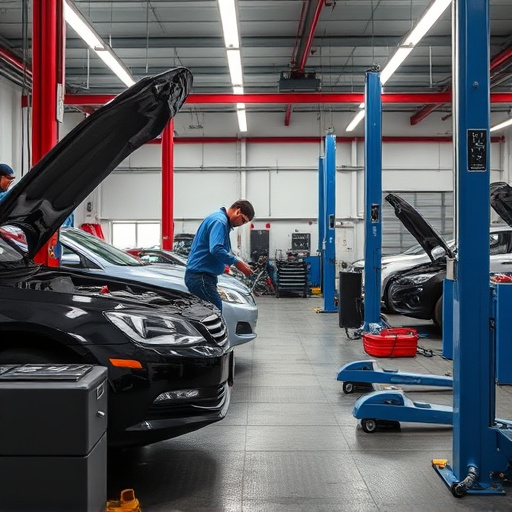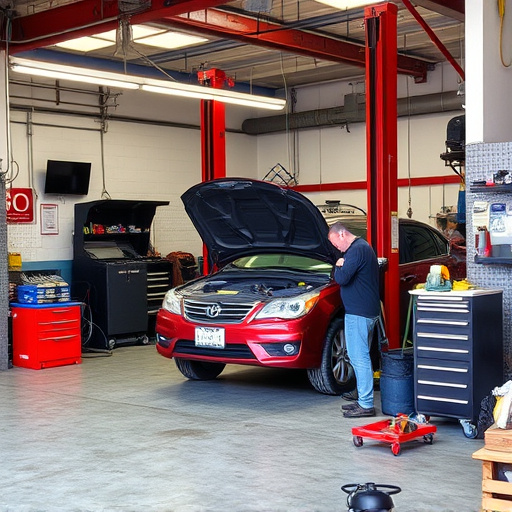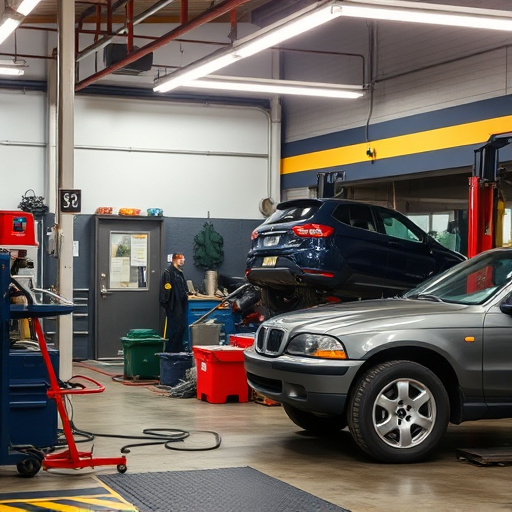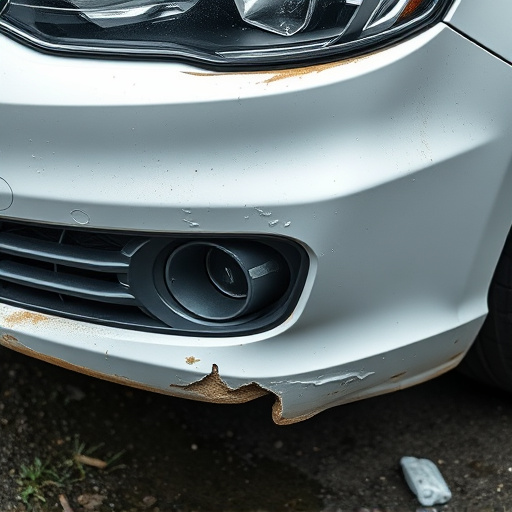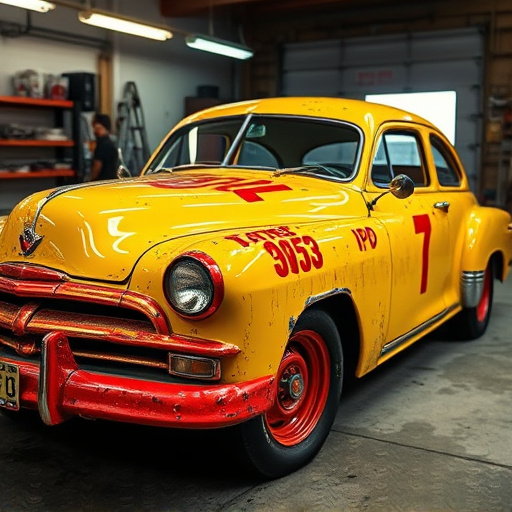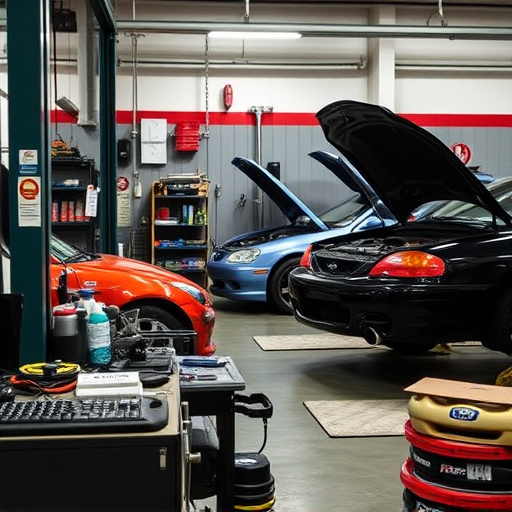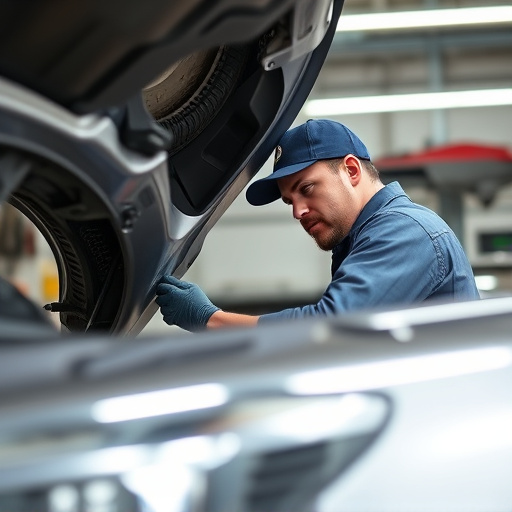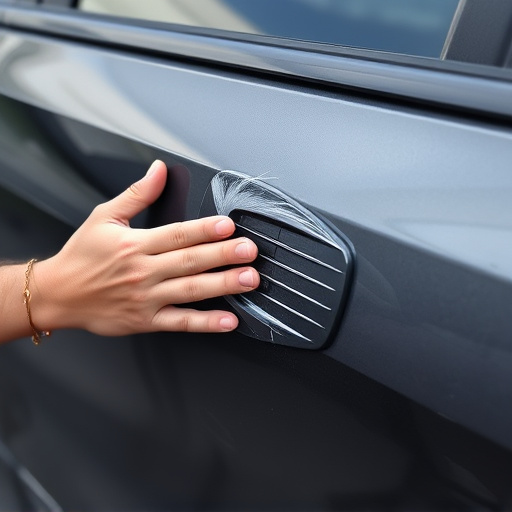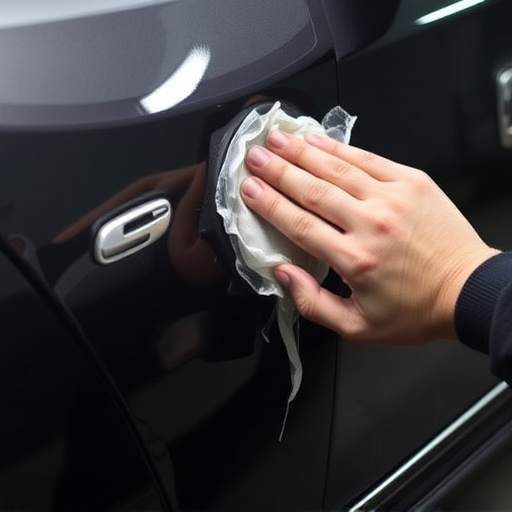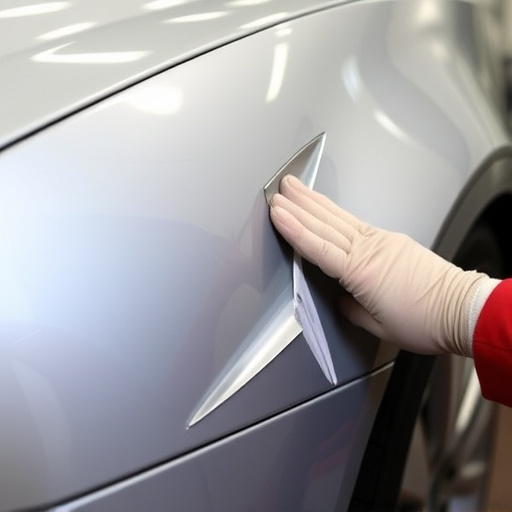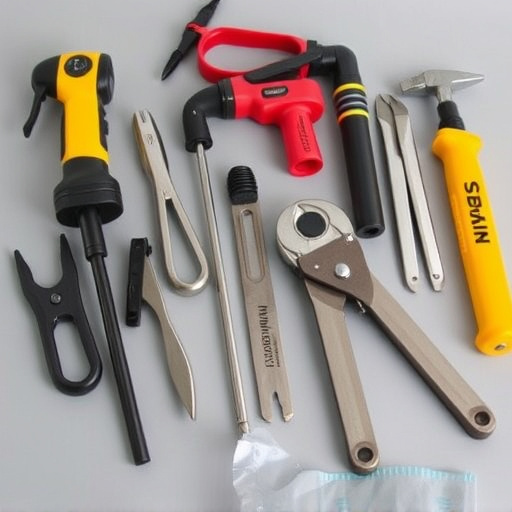Sourcing genuine OEM-certified replacement parts ensures precise fit, reliable performance, and superior quality for auto repairs, especially critical components like engines, transmissions, and brakes. Verify authenticity by checking packaging, labels, and markings, cross-referencing with manufacturer websites, and using serial number checks to avoid counterfeit parts.
In today’s market, ensuring the authenticity of OEM-certified replacement parts is paramount for vehicle reliability. This comprehensive guide aims to demystify the process of identifying genuine components. We’ll explore what OEM certification entails and why it matters. Learn practical tips on spotting authentic parts from fake imitations. Discover useful tools and resources to verify their legitimacy. By mastering these strategies, you’ll navigate the landscape with confidence, ensuring your vehicle remains a testament to quality and performance.
- Understanding OEM Certification: What It Means
- Identifying Genuine Parts: Tips and Tricks
- Checking Authentication: Tools and Resources Available
Understanding OEM Certification: What It Means
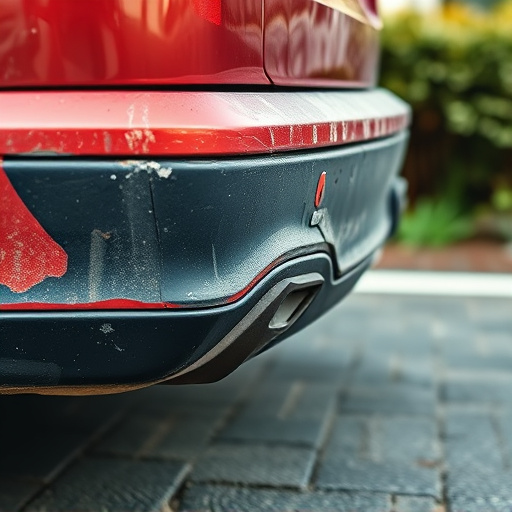
Understanding OEM Certification is key when sourcing genuine parts for your vehicle. OEM stands for Original Equipment Manufacturer, indicating that the replacement parts are produced by the same company that made your car or truck. These certified parts are designed to meet the exact specifications and standards of the original components, ensuring a perfect fit and reliable performance. When you choose OEM-certified replacement parts, you benefit from their superior quality and compatibility with your vehicle’s make and model.
This certification is especially crucial for critical components like engines, transmissions, and brakes in cases where professional auto body repairs or car collision repair services are required. Car paint services using OEM-approved paints ensure that the color match is precise, maintaining the vehicle’s original look. The authenticity of these parts can be verified through manufacturer-issued certifications, providing peace of mind for owners seeking top-tier replacement options for their vehicles.
Identifying Genuine Parts: Tips and Tricks
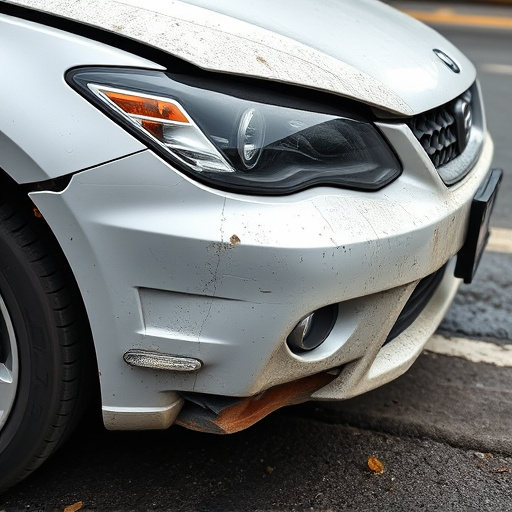
When shopping for OEM-certified replacement parts, one key aspect is to ensure authenticity and quality. Genuine parts are designed specifically for your vehicle’s make and model, guaranteeing a precise fit. Start by checking the packaging and labels; authentic OEM parts will typically have clear markings indicating their origin and certification. Look for official logos, part numbers, and serial codes that match those listed on the manufacturer’s website.
Additionally, verify the seller’s reputation and ensure they specialize in automotive components. Reputable retailers often provide detailed product descriptions, including information about the part’s origin and any quality assurance processes. For instance, when considering vehicle bodywork repairs, auto glass replacement, or other autobody parts, cross-referencing with manufacturer-approved dealers can offer peace of mind. This meticulous approach ensures you acquire reliable OEM-certified components for safe and efficient vehicle maintenance.
Checking Authentication: Tools and Resources Available
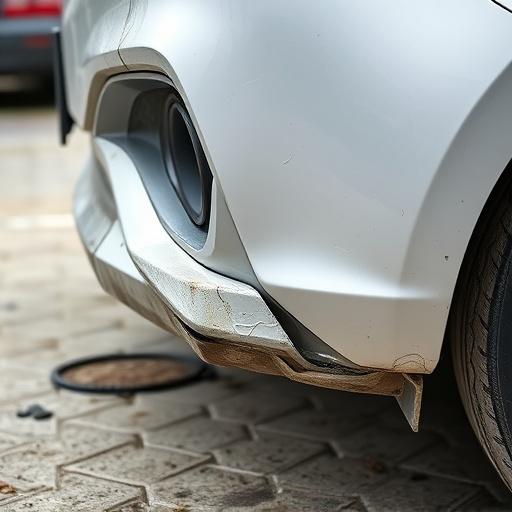
When looking for genuine OEM-certified replacement parts, checking authentication is a crucial step to ensure quality and safety in automotive body shops or automotive repair services. Several tools and resources are readily available to help consumers make informed choices. One effective method is to verify the part’s serial number or unique identifier through the manufacturer’s official website. Many original equipment manufacturers (OEMs) offer online databases where you can input specific details to confirm the authenticity of a component.
Additionally, some automotive collision repair specialists and trusted retailers have access to advanced software systems that cross-reference parts against extensive databases. These tools enable them to swiftly identify counterfeit or non-authentic pieces, ensuring only genuine OEM-certified replacement parts are used in repairs. Utilizing these resources is an essential step for anyone looking to maintain the integrity and performance of their vehicle using high-quality components.
When purchasing OEM-certified replacement parts, knowledge is power. By understanding the certification process, learning to identify genuine parts through key tips and tricks, and utilizing available authentication tools and resources, you can ensure that your vehicle receives the high-quality, authentic components it needs. This guide has provided a roadmap for navigating this essential aspect of automotive maintenance, empowering you to make informed decisions and keep your vehicle running smoothly.
